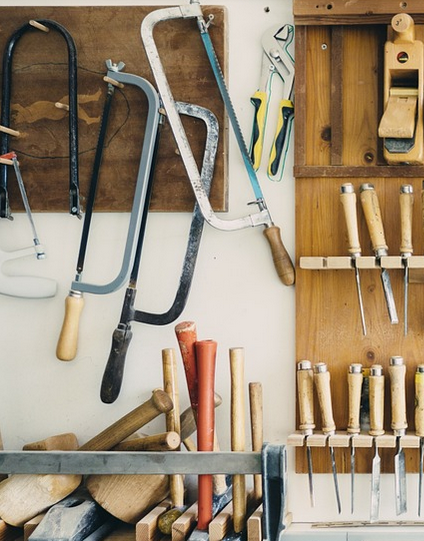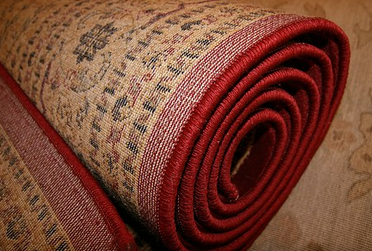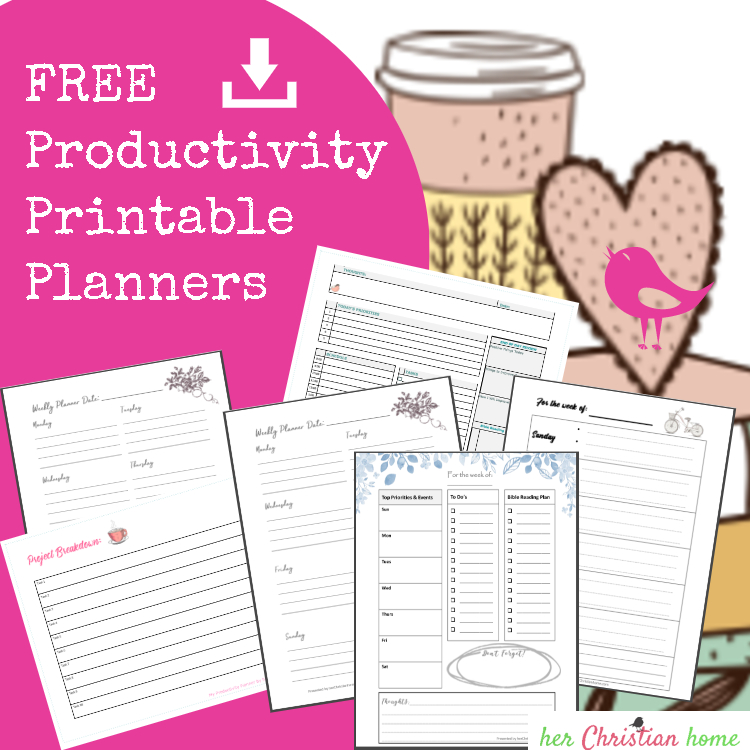15 Tips for Organizing the Kitchen
15 Tips for Organizing the Kitchen
1. Purchase some shoe box sized plastic containers from the store and use them to create inboxes for each family member, as well as one for incoming and outgoing mail. You can then purchase a book-shelf style shoe organizer to store them. Use these boxes to help clear up paper mess, such as phone messages, school permission slips, mail, etc.
2. Labeling things in the kitchen is always a good idea. You can purchase a label maker or just use some stick on labels and a pen. Labeling food items and the day you purchased them will be a clear reminder of what things are and then they expire.
3. Limit the number of items that are on your fridge. This will help you give a tidy look to the whole kitchen. Some companies sell picture frames made of clear plastic that have magnets on the back. If you like to hang up your kids artwork, limit your fridge to one frame per child, and change the artwork as they bring home new “masterpieces.” Since the magnet is already on the back of the frame, your fridge will automatically look neater.
4. Stack bowls inside each other to save on space. You can purchase adjustable wire shelves to place over plates and put the smaller plates on the wire shelves. You’ll have more space in your cabinet if you do this and it will look better as well. Purchase a holder for all the lids to your various pots and pans. Don’t forget – pots can stack inside each other as well as skillets. Feel free to do this, but keep them that way!
5. You can also purchase a rack to hold baking sheets to keep the clutter down. Don’t feel bad about throwing some baking sheets out or donating them. You only need a few on hand. Look at your oven space to determine how many you need. How many baking sheets can fit in the oven at one time? Figure that number out depending on the size of you oven, how many ovens you have, and the size of your pans. It is reasonable to have one to two more than you can fit in your oven at one time if you like to prepare ahead of time when it comes to baking.
6. If you can, dedicate a cabinet for all your appliances – toaster, blender, mixer, etc. Keep them in the cabinet until you need to use them. Believe me, most people don’t use these daily so if you can put them in a cabinet instead of out on the counter, you will find the cabinet looking less cluttered. Keep the appliances that you don’t use often on a high shelf or a cabinet down low that you don’t use often. You probably only use the roasting pans twice a year so keep it hidden until you don’t need it anymore.
7. As far as canned goods and spices go, you can purchase expandable shelves to put in the cabinets. These will hold more cans and some are quite decorative for spice racks. These also let you see what you have so you aren’t over purchasing when it comes to grocery shopping.
8. As far as cabinets go, if they are becoming cluttered with appliances, dishes, bowls, pots and pans, take the time to go through all the items. If you haven’t used the salad maker in more than a year, set it aside to give to charity. If you don’t use your grandmother’s favorite serving dish, consider putting it in a china cabinet and don’t leave it to take up space in your cabinets in the dark.
9. If you wish to get even more cabinet space, think about utilizing your ceiling. Purchase a pot rack and hang from the ceiling to put all your pots on. That will really free up space in the cabinets and could also become a decorative piece for your kitchen.
10. Make sure you have a silverware tray in one of your drawers. Don’t overfill it either. Put all extra silverware in a Ziploc bag and place it in the extra space between the end of the tray in the back and the back of the drawer (if there’s room). If you can’t fit it there, place it in another drawer with other utensils. In the drawers with extra utensils, par it down to just the bare essentials.
11. If you can, purchase a spinning holder for all your spatulas, spoons and other utensils that you use daily for cooking. These sit on the countertop and don’t take up much space. In the drawer would be extra items that you use sparingly, but need. Don’t let them get more than one layer deep. If it becomes two layers deep, go through the items again and get rid of those that you don’t need.
12. Everyone has a junk drawer, so the smart thing to do is buy an organizer for it. They are usually made of plastic and have dividers in them. Some dividers move, some don’t. These are good for separating odds and ends so you can see them better. Get a file folder for coupons, restaurant menus and such to place in the junk drawer. There should be room on top of the organizer. Just make sure it doesn’t end up falling into the cabinet below.
13. Purchase a special holder for foil, plastic wrap and the like. This keeps them up off the floor or off a cabinet shelf. One item that is handy is an over the door hanger. You can put canned goods, plastic bags, trash bags, etc on it and you are gaining extra space. Consider purchasing some hooks to hang on the inside of cabinet doors to hand cooking utensils on them. This clears out drawer space if you need some extra space. Take old shoeboxes with lids and store items in them on the shelves. Label them to easily see what’s in there when you need to.
14. Take care of things in the kitchen as they occur to keep clutter down. While dinner is cooking, wash the dishes that have already been used. Right after breakfast is over, rinse the dishes and place them in the dishwasher so they aren’t there when everyone returns home at the end of the day. Run the dishwasher overnight and empty it while everyone is eating breakfast or getting ready for the day.
15. A good tip is to learn to borrow items and appliances from other people. That way if you have an appliance that you don’t use often, you can donate yours and just borrow it from a friend when you need to use it. It is possible they can do the same with something of yours.]]>



